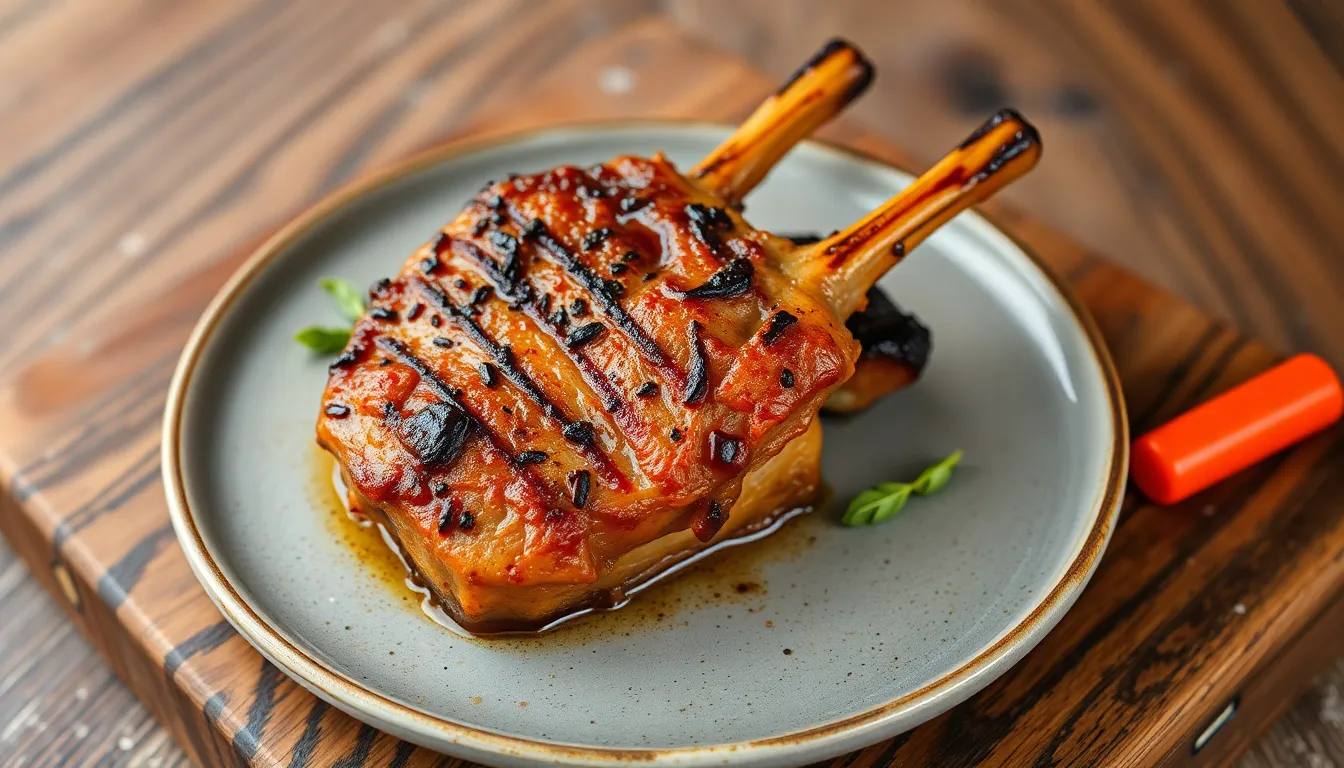Dehydrating Techniques from Around the World
I. Introduction
In a world where food waste is a pressing issue and sustainability is becoming increasingly vital, food preservation techniques have gained paramount importance. Among these techniques, dehydrating food stands out as an age-old method employed by various cultures to extend the life of their food supplies. From sun-dried tomatoes in Italy to dried meats practiced by Native Americans, dehydrating is a universal practice. This article aims to explore the diverse dehydrating techniques from different cultures, highlighting their uniqueness and the rich culinary traditions behind them.
II. What is Dehydrating?
A. Definition of food dehydration
Food dehydration is the process of removing moisture from food to inhibit the growth of microorganisms and to prevent spoilage. By reducing the water content, the food becomes lighter, more concentrated in flavor, and easier to transport and store.
B. Benefits of dehydrating food
- Extends shelf life: Dehydrated foods can last for months or even years when stored properly, making them a valuable resource for long-term food storage.
- Concentrates flavors: Removing water intensifies the flavors, making dehydrated foods often tastier than their fresh counterparts.
- Easy to transport and store: Dehydrated foods take up less space and weight, making them ideal for hiking, camping, and emergency preparedness.
C. Common methods of dehydration
Food can be dehydrated using various methods, including natural sunlight, airflow, oven heat, and modern dehydrators. Each method has its unique characteristics and suitability for different types of food.
III. Dehydrating Techniques by Region
A. Asia
1. Sun-dried tomatoes in Italy
Although not originally from Asia, sun-dried tomatoes are a staple in many Asian culinary practices. The method involves slicing ripe tomatoes and placing them under the sun until they lose moisture. This technique not only preserves tomatoes but also enhances their rich, tangy flavor.
2. Japanese Katsuobushi (dried bonito)
A quintessential ingredient in Japanese cuisine, Katsuobushi is made from bonito fish that is smoked, fermented, and dried. The result is a hard block that can be shaved to create a flavor-rich topping for various dishes, particularly in broths and soups.
B. Middle East
1. Turkish dried apricots
In Turkey, dried apricots are a beloved snack and ingredient. The traditional method involves drying apricots under the sun or using special drying machines. The sweet, chewy texture and intense flavor make them a perfect addition to both sweet and savory dishes.
2. Za’atar spice blend
Za’atar is a popular Middle Eastern spice blend that often includes dried thyme, oregano, marjoram, and sesame seeds. Each ingredient is dehydrated before being mixed, which locks in flavors and aromatics, making it a versatile seasoning in various dishes.
C. North America
1. Native American jerky
A traditional preservation method among Native American tribes, jerky is made by drying strips of meat. This method not only preserves the meat but also provides a high-protein snack that is easy to carry. Various techniques, including smoking and sun drying, are utilized to produce jerky.
2. Dried fruits like apples and pears
Dried apples and pears are commonly found in North American households. Using methods such as air drying and oven drying, fruits are dehydrated to create tasty snacks that can be enjoyed year-round.
D. South America
1. Chicha Morada (dried purple corn)
In Peru, chicha morada is a traditional drink made from purple corn. The corn can also be dehydrated, which allows for long-term storage and later use in various recipes, including desserts and beverages.
2. Dehydrated potatoes in Peru
Known as chuño, dehydrated potatoes are a staple in Andean cuisine. The process involves freezing fresh potatoes at high altitudes, followed by sun drying. This technique allows potatoes to be stored for extended periods, providing a vital food source for indigenous communities.
E. Europe
1. Biltong from South Africa
Biltong, a form of dried, cured meat originating from South Africa, has its roots in European preservation techniques brought over by Dutch settlers. The meat is seasoned, air-dried, and sometimes smoked, creating a flavorful snack that is enjoyed worldwide.
2. Dehydrated herbs and spices
Many European cuisines rely on dehydrated herbs such as thyme, rosemary, and basil. These herbs are typically air-dried or dehydrated using modern appliances, allowing cooks to have flavorful additions to their dishes throughout the year.
IV. Techniques and Tools for Dehydrating
A. Traditional methods vs. modern appliances
While traditional dehydrating methods have their charm and history, modern appliances make the process more efficient and accessible. Here’s a breakdown of the most common dehydration techniques:
- Sun drying: Utilizing sunlight to remove moisture, best for fruits, herbs, and vegetables.
- Air drying: Hanging or placing food in a well-ventilated area to dry naturally.
- Oven drying: Using an oven at low temperatures to dehydrate food quickly while maintaining a controlled environment.
- Dehydrators: Specialized appliances designed specifically for dehydrating food, providing temperature control and airflow.
B. Essential tools and equipment
Whether you’re a seasoned food preserver or just starting out, having the right tools is essential for successful dehydration. The following table summarizes various dehydrating methods along with their pros and cons:
| Method | Pros | Cons | Best for |
|---|---|---|---|
| Sun Drying | Natural, no energy cost | Weather dependent, slow | Fruits, herbs |
| Air Drying | Simple, no equipment needed | Time consuming, less effective | Herbs, small fruits |
| Oven Drying | Fast, controlled temperature | Uses energy, may cook food | Vegetables, fruits |
| Dehydrators | Efficient, consistent results | Initial cost, takes up space | All food types |
V. Tips for Successful Dehydration
To ensure successful dehydration, follow these essential tips:
- Choose ripe and fresh produce: The quality of the food going into the dehydrator will directly affect the outcome.
- Cut food evenly: Uniformly sized pieces will dehydrate more evenly and efficiently.
- Pre-treat fruits: For fruits like apples and pears, consider dipping them in lemon juice or ascorbic acid to prevent browning.
- Monitor temperature and time: Each food item has its ideal dehydration temperature and time; consult guides for specifics.
- Store properly: Once dehydrated, store the food in airtight containers in a cool, dark place to maintain quality.
VI. Conclusion
Dehydrating food is not just a preservation technique; it is a culinary art steeped in tradition across cultures worldwide. Each region has its unique methods and beloved foods that stem from centuries of practice. By understanding and exploring these techniques, we can appreciate the diverse flavors and histories behind dehydrated foods. Whether using traditional methods or modern appliances, dehydrating opens up a world of culinary possibilities, allowing us to enjoy the essence of various ingredients all year round. Embrace the practice of dehydrating and add a touch of international flair to your pantry!




